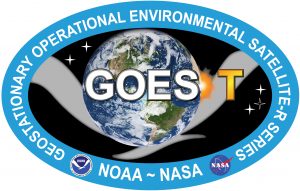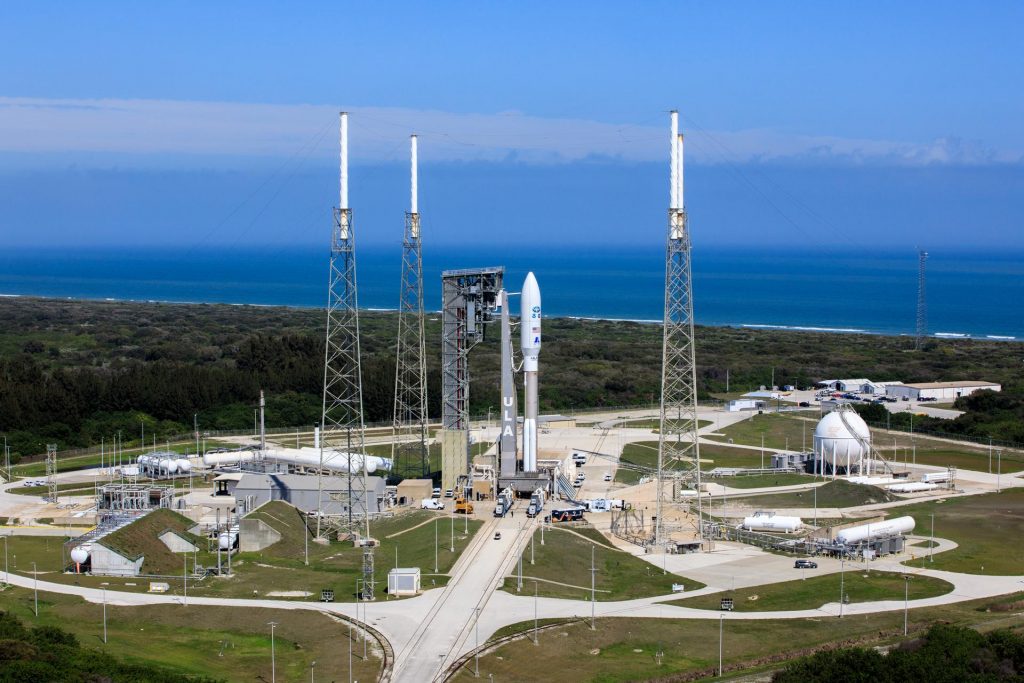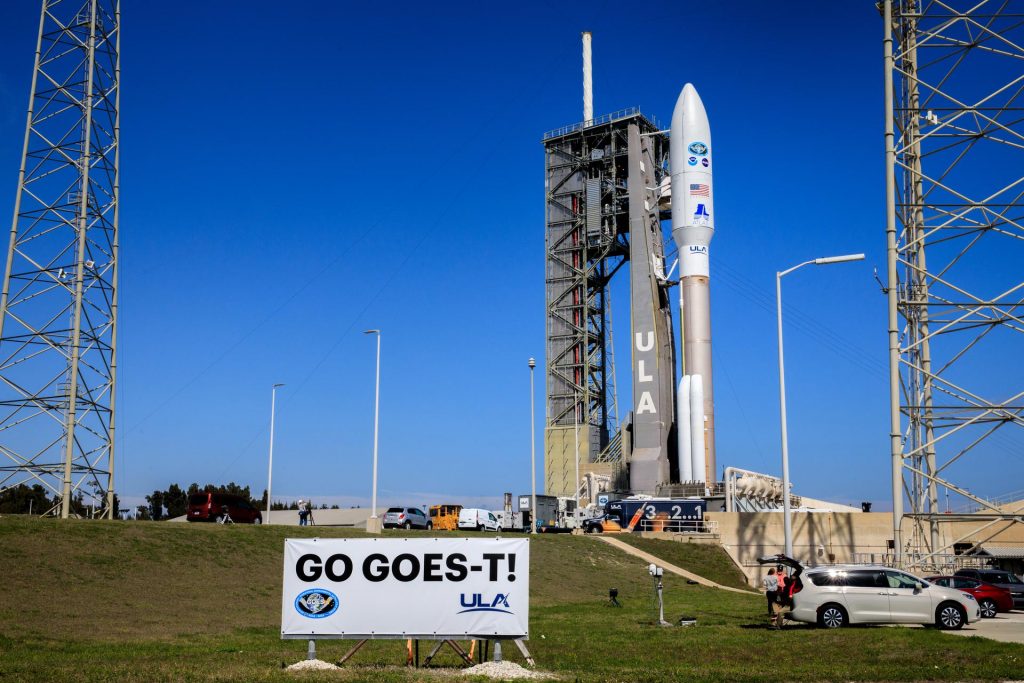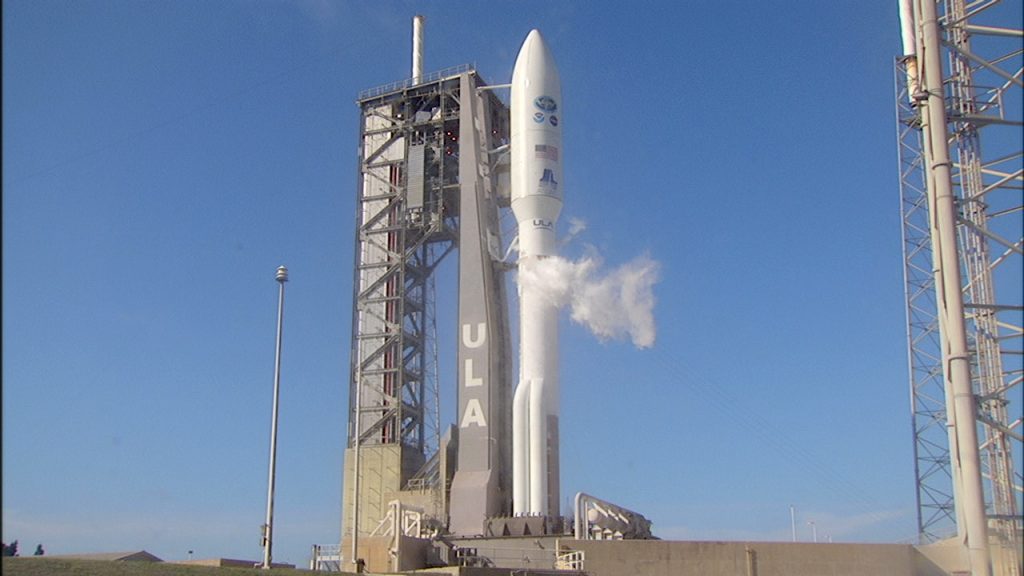
Following completion of a third planned start and then cutoff of the United Launch Alliance Atlas V 541 Centaur main engine, the National Oceanic and Atmospheric Administration’s (NOAA) Geostationary Operational Environmental Satellite-T (GOES-T) satellite separated from the spacecraft and is continuing on its journey to help meteorologists observe and predict local weather events, including thunderstorms, tornadoes, fog, hurricanes, flash floods and other severe weather.
In addition, GOES observations have proven helpful in monitoring dust storms, volcanic eruptions, and forest fires.
“That is what it’s all about – when we get to the spacecraft separation. It’s years of work going into that one event,” said NASA Launch Director Tim Dunn. “Today, we were blessed with a smooth and successful countdown.”
A joint effort between NASA and NOAA, GOES-T will be renamed GOES-18 once it reaches geostationary orbit, replacing GOES-17 as GOES West. It will be positioned to watch over the western contiguous United States, Alaska, Hawaii, Mexico, Central America, and the Pacific Ocean. The satellite will be ideally located to monitor weather systems and hazards that most affect this region of the Western Hemisphere.
GOES-T is about the size of a small school bus and weighs more than 6,000 pounds. Liftoff, aboard a United Launch Alliance Atlas V 541 rocket from Cape Canaveral Space Force Station’s Space Launch Complex 41 in Florida, occurred right at the top of the two-hour launch window, at 4:38 p.m. EST. All milestones were successfully reached – from liftoff through spacecraft separation.
The launch was managed by NASA’s Launch Services Program, based at NASA’s Kennedy Space Center in Florida.
This concludes today’s live coverage of GOES-T launch day activities. To learn more about the GOES Satellite Network or to meet members of the GOES-T team, click here.

 The United Launch Alliance Atlas V 541 Centaur main engine successfully restarted and then cut off again just a few minutes later as the
The United Launch Alliance Atlas V 541 Centaur main engine successfully restarted and then cut off again just a few minutes later as the 




